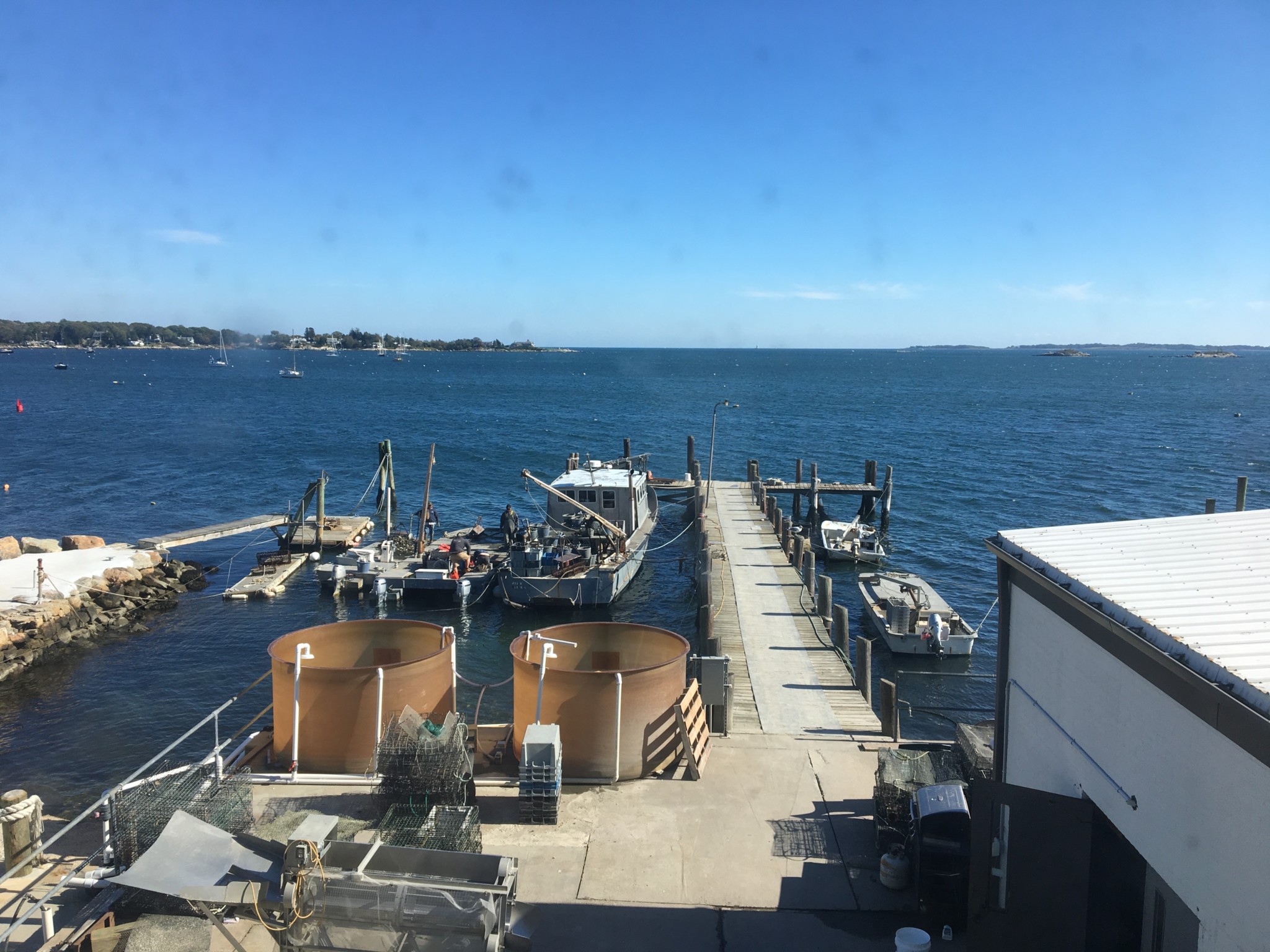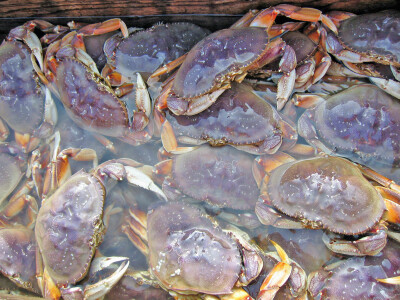The event might have been billed as the 38th Milford Aquaculture Seminar, but the policy decisions derived from the research presentations and discussions will have far-reaching implications outside the host-state of Connecticut or the Northeast, for that matter.
The annual idea and policy exchange — hosted by NMFS’ Milford Laboratory — brings together the best and brightest researchers, industry and educators for several days of presentations and cocktail-hour conversation.
With a new administration in place, there was a sense of cautionary dialog among the strong crowd that numbered several hundred. In fact, the president wasn’t referred to by name, and when the term, “climate change,” was first mentioned by a presenter, you might as well have dropped the mic.
Of particular interest this year was the push toward developing aquaculture in the Exclusive Economic Zone, from 3 to 12 miles offshore. A number of presentations updated the audience on their progress of working with aquaculture gear in deep water, both on a mussel farm and another at an experimental kelp farm with a focus on biofuels funded by the Department of Energy.
Turns out that while the permitting process is arguably far easier than nearshore projects in state and town waters, farming offshore isn’t easy, and the projects have been hampered by weather and logistical difficulties. After all, if you can’t get to your gear locally because you are iced in, there’s a good chance you’re not going offshore either.
But that’s not stopping a bright outlook by the federal government, which sees this as, an exciting time for aquaculture in the region. Paul Doremus, NOAA’s acting assistant secretary for conservation and management, said the agency is very close to having its full leadership in place and breaking the seafood trade deficit is a “high-priority” from the president.
Doremus said there has to be an increase in domestic production and a balanced wild capture side. “The government is looking to strengthen the regulatory process to make it much more investment friendly,” he added.
The agenda included presentations on topics like multitrophic aquaculture, a concept invented in the United States that is being used overseas — in particular in South Korea where finfish, seaweed and shellfish are grown in close proximity. The concept is that the seaweed and shellfish negate the waste produced by the finfish. Sea cucumbers also scrub the bottom, feeding on leftover fishfeed.
Also of note during presentations were diagrams of large-scale spheres for offshore finish production. With a West Coast invasive Atlantic salmon spill fresh on people’s minds, there was dialogue questioning the responsibility of farming large quantities of finfish that could potentially escape and mix with wild populations. Others wondered if positive marketing could improve farmed fish perceptions among consumers in the United States.
Despite some deep divides between commercial fishermen and aquaculture companies, the differentiation at the federal level is minimal. “To the best of my knowledge, there is no wording of aquaculture in the Magnus-Stevenson Act, but NOAA’s opinion is that aquaculture is a fishery,” said Kay McGraw, who specializes in ecosystem approaches to aquaculture.
With a strong federal interest in opening federal waters to private aquaculture companies, especially to expand finfish farming, the EEZ promises to become the next hot zone, with or without climate change.







